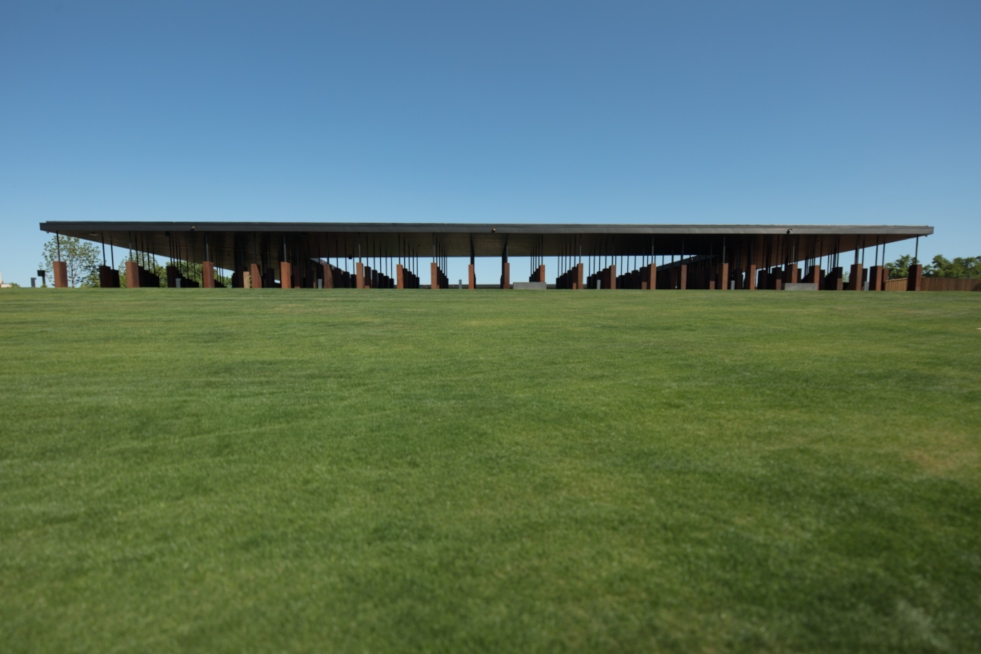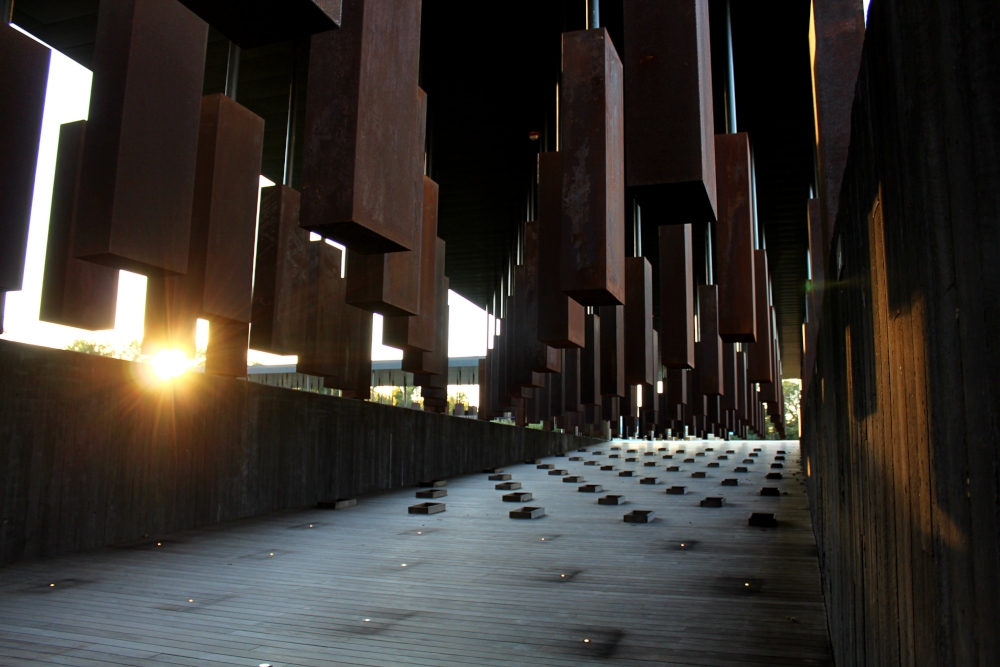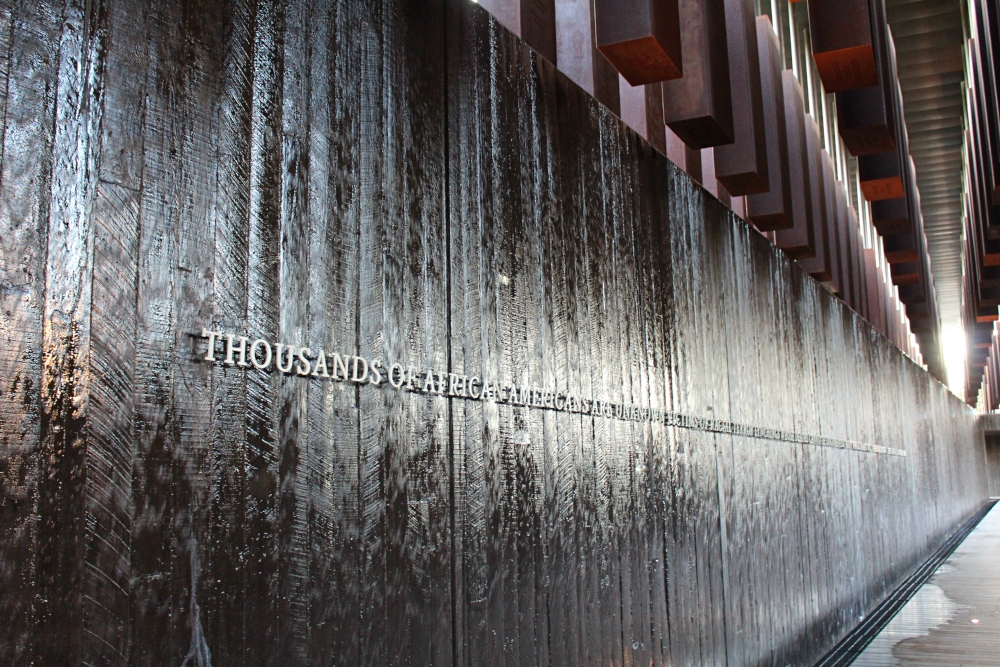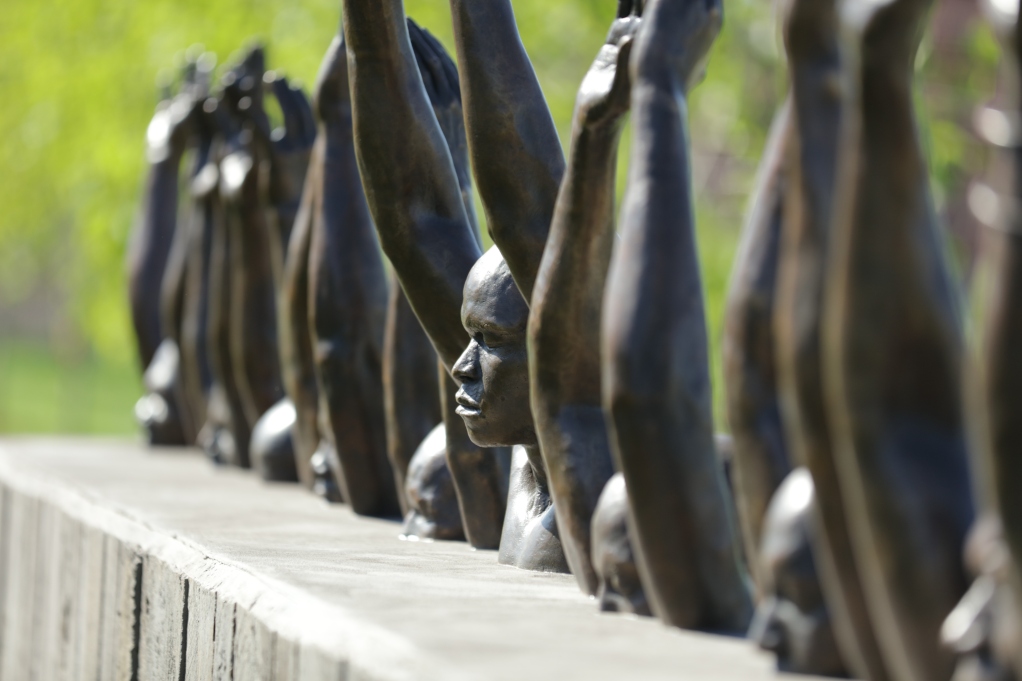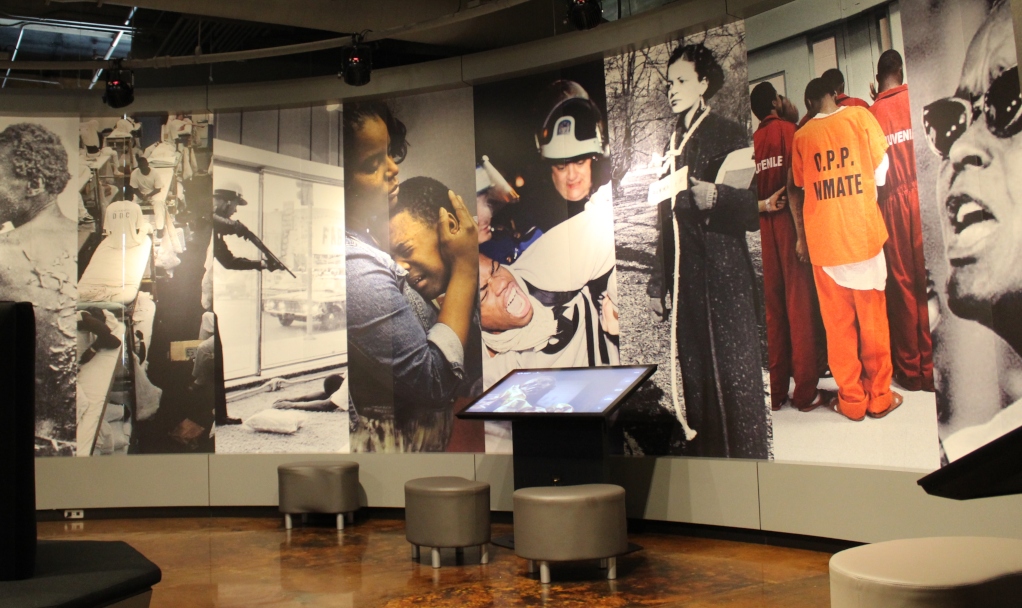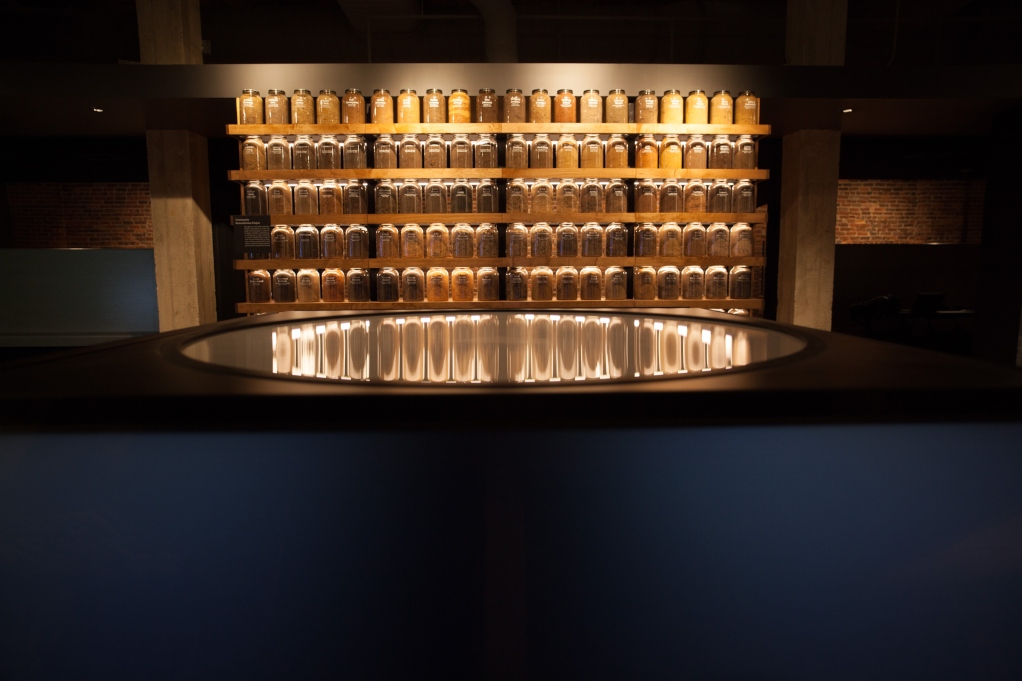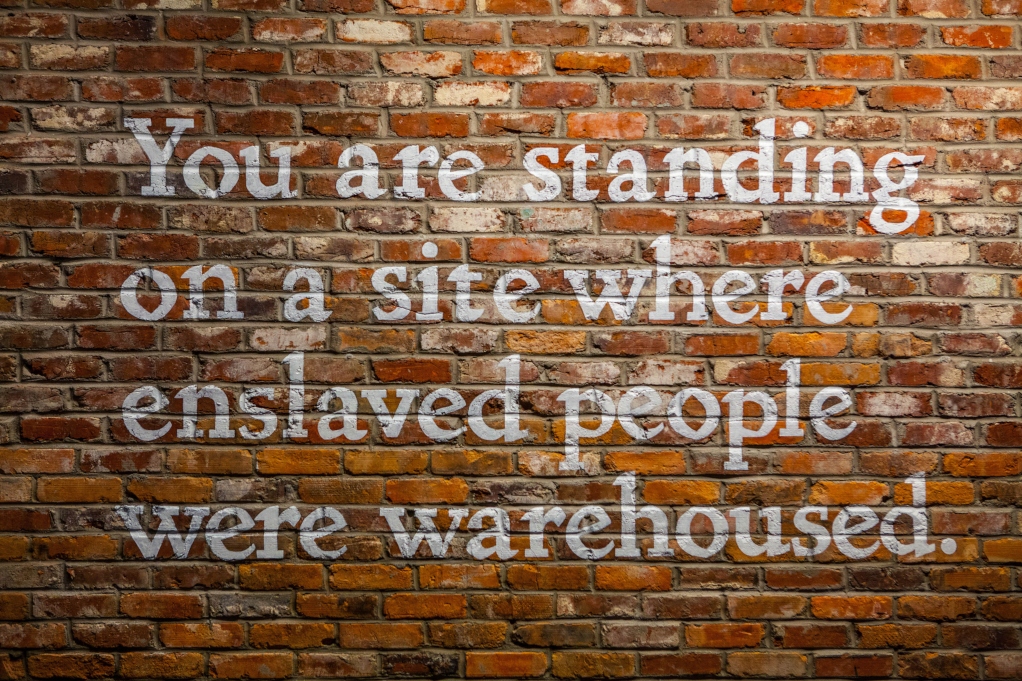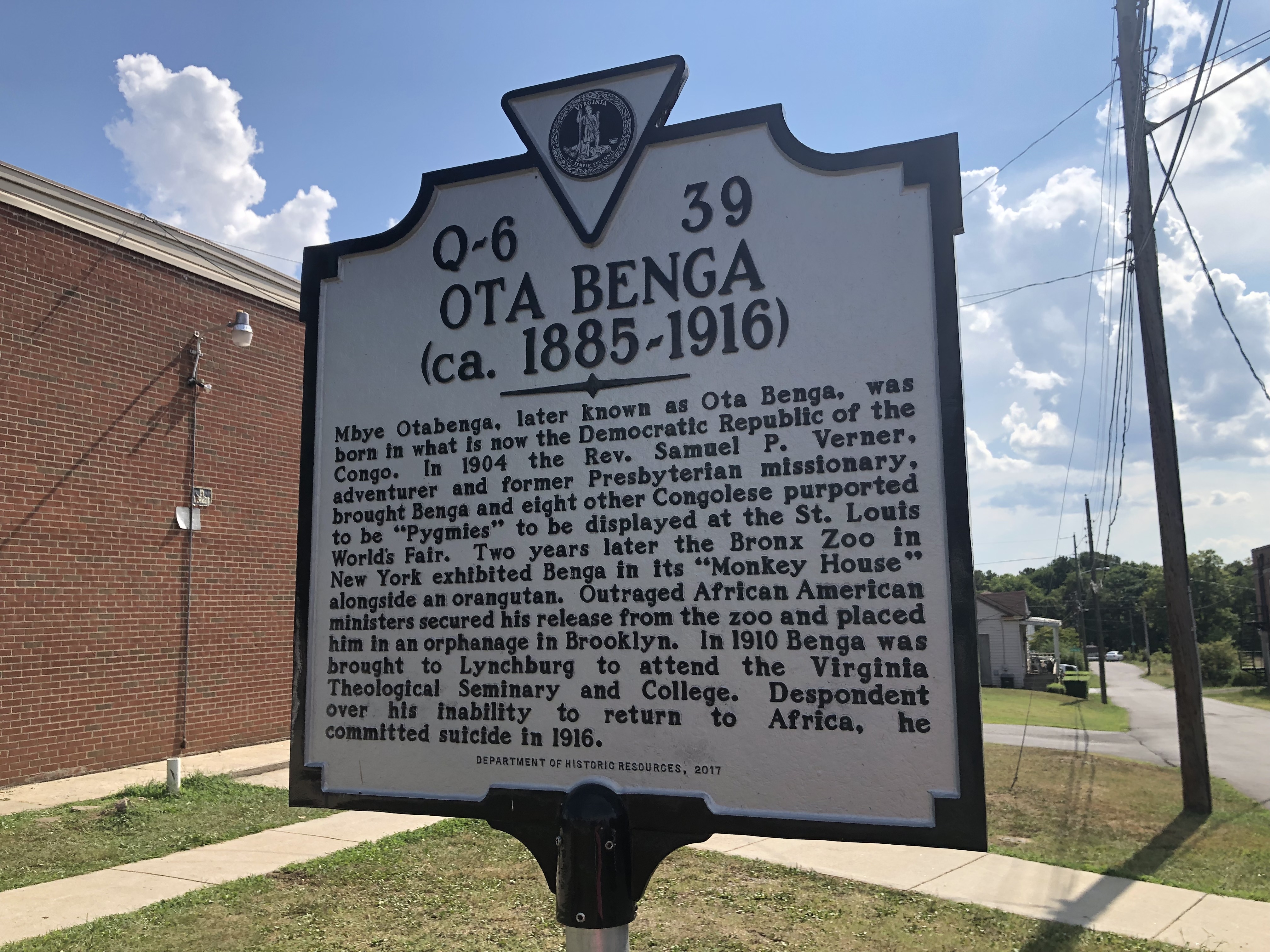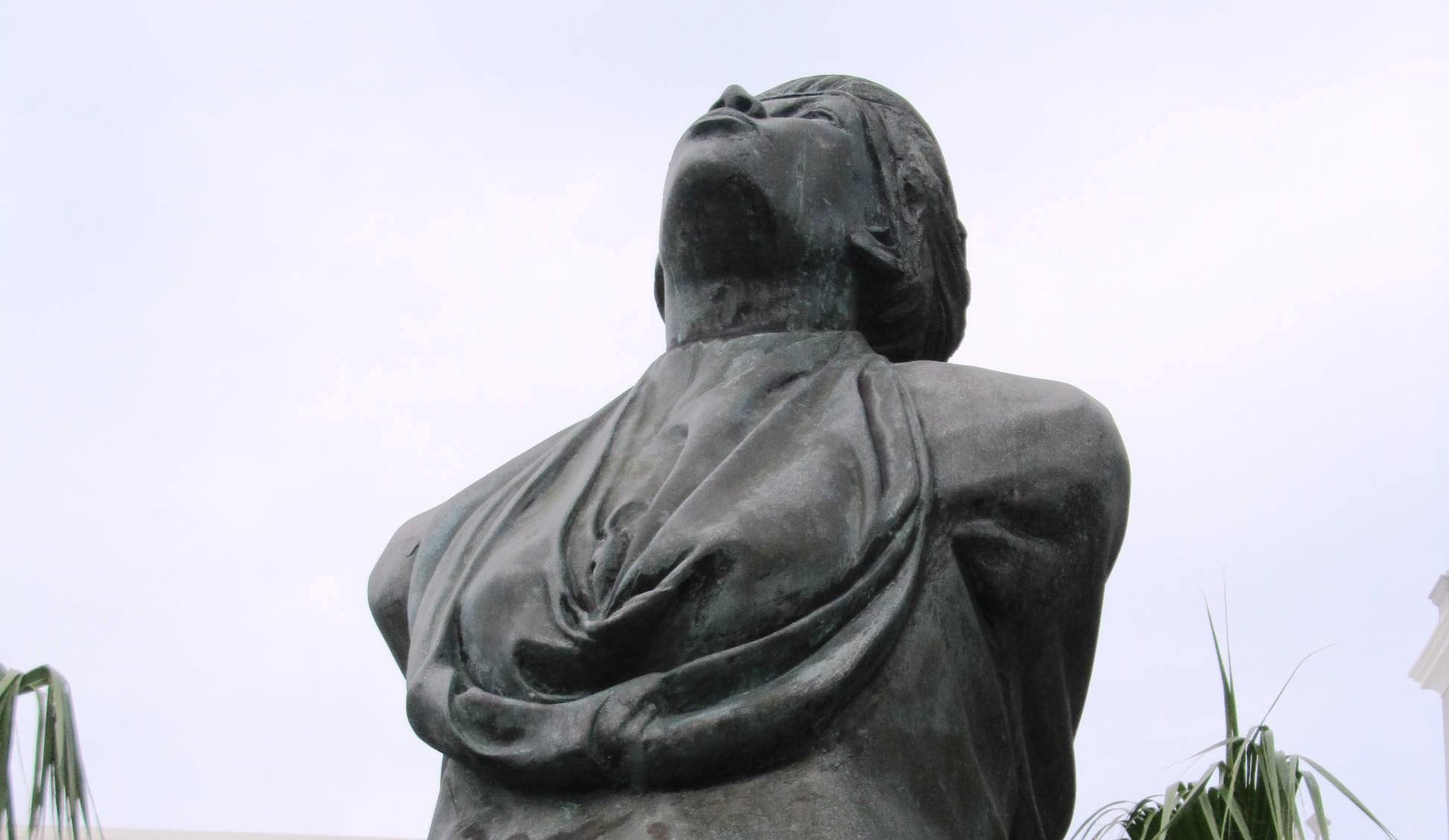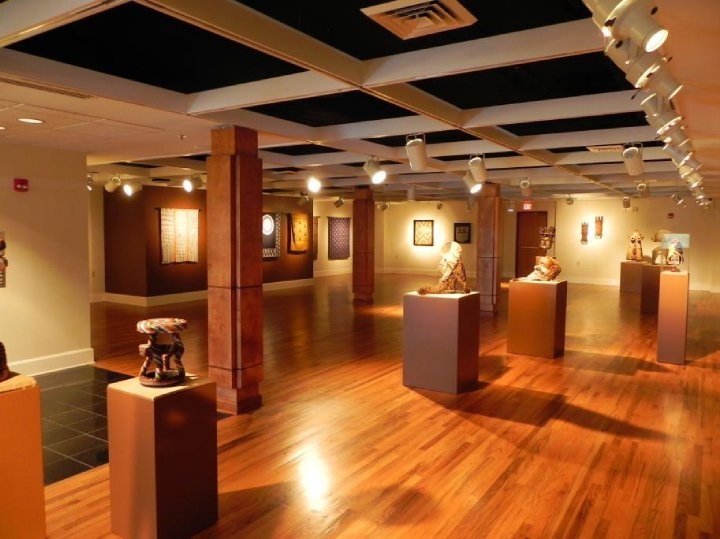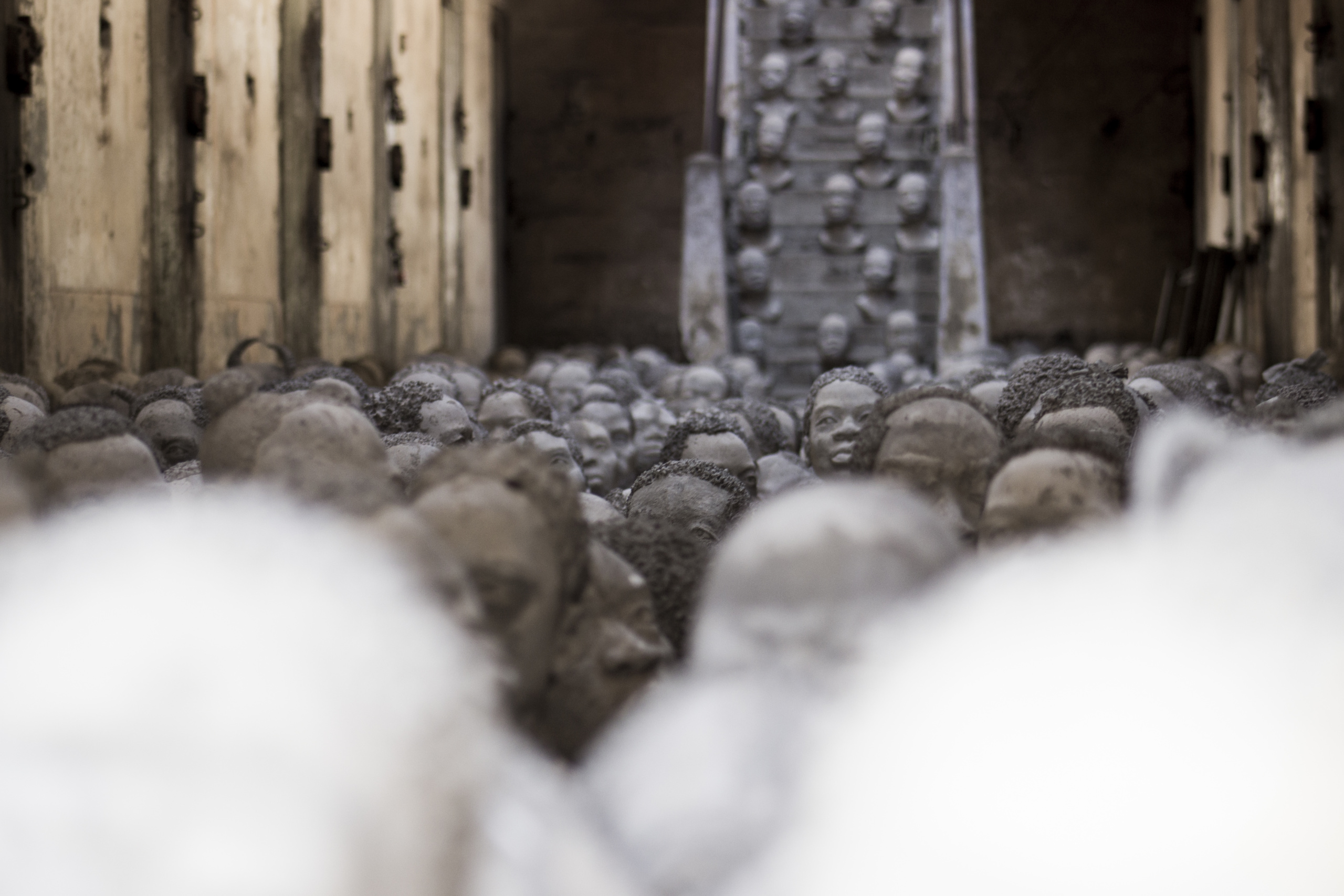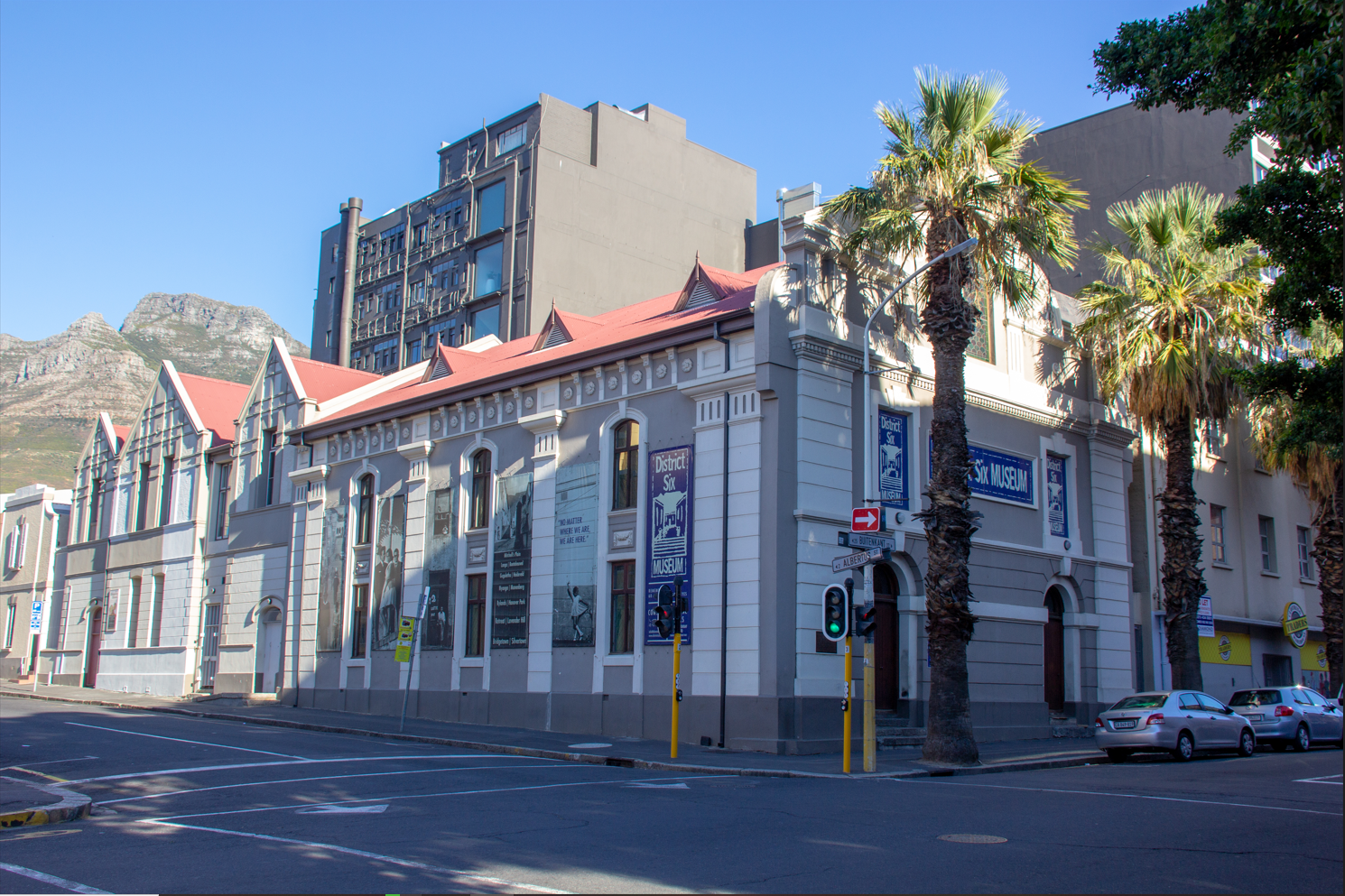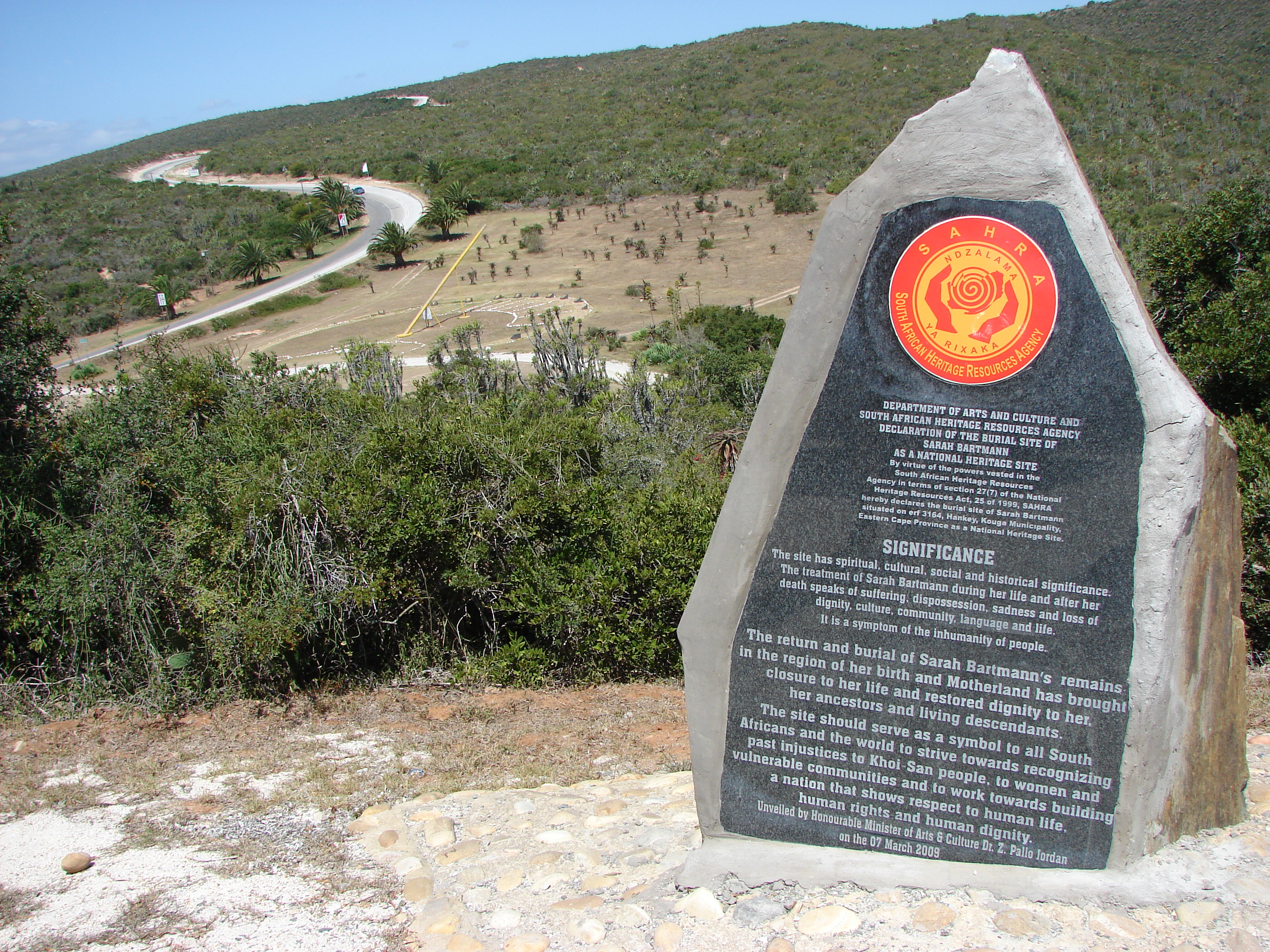Legacy Museum and National Memorial for Peace and Justice
Museum
Theme: Slavery

Address
115 Coosa Street
Country
United States of America
City
Montgomery
Continent
America
Theme: Slavery
Purpose of Memory
To honor the victims of racial terror in the United States.
Institutional Designation
Legacy Museum: From Enslavement to Mass Incarceration - National Memorial for Peace and Justice
Date of creation / identification / declaration
2018
Public Access
Free
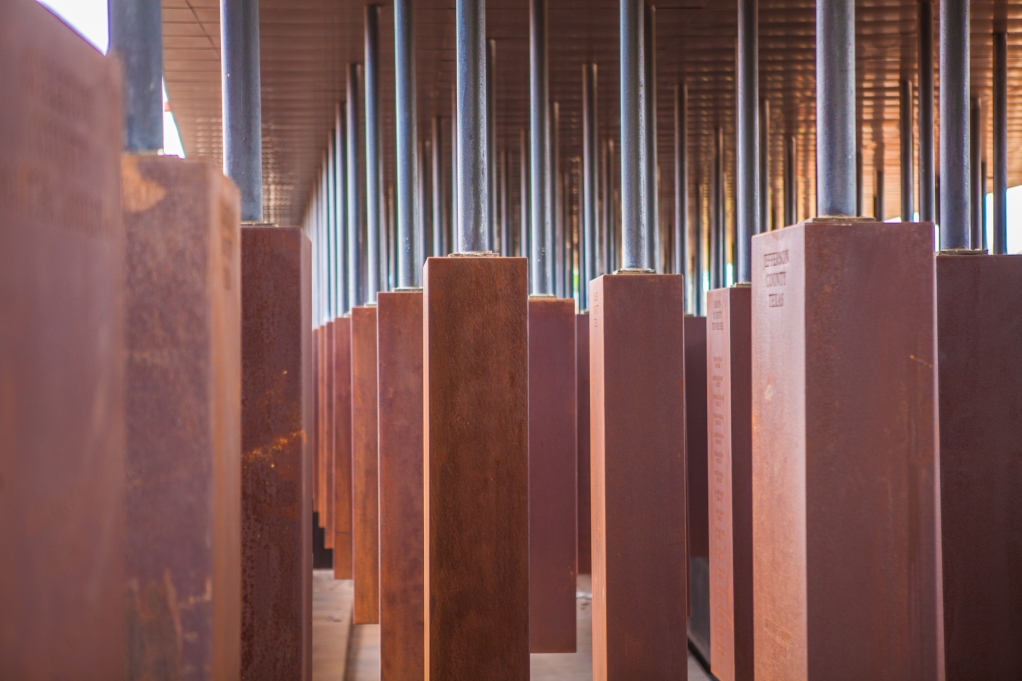
Location description
The Legacy Museum: From Enslavement to Mass Incarceration is located at a former warehouse in the city of Montgomery, capital city of the State of Alabama, where hundreds of slaves were kept, waiting to be auctioned.
The tour begins in a dark hallway where black and white images are projected to tell the stories of enslaved people during the 19th century. The museum also exhibits documents related to slavery and racial segregation in their different aspects, and a timeline with the rulings from the Supreme Court of the United States in relation to slavery.
The National Memorial for Peace and Justice is located a few blocks away, a space with around 800 suspended steel columns shaped like a coffin; each of them has the name of a county of the United States where lynchings took place and the names of the victims engraved. The memorial also has sculptures, manuscripts, words from Martin Luther King and a space for reflection.
Between the 17th and 19th centuries, slavery was legal in the United States. The workforce demand for cotton plantations in the south of the country caused the number of slaves, who were carried in ships from the African coasts, to increase. As from the second half of the 17th century, slavery progressively became an institution under the effect of court rulings and legislative changes and played a main role in the social and economic structure in the South. At the beginning of the 19th century, an industrialization process started in the north of the country, fueled by the construction of railways in 1830. Industrial and manufacturing development in the north required salaried workforce and was a pull factor for European immigrants. In the south, slave workforce was still being used in plantations. Slavery was one of the main causes that triggered the American Civil War (1861-1865) between northern states and the Confederate States of America. In the years after the American Revolution, slavery was gradually abolished in northern states, while in the rest of the country it happened at the end of the Civil War. During this process, about four million people were freed.
Despite the fact that slavery had been abolished, in 1876, the Jim Crow laws of racial segregation were enacted, which lasted until 1965 and remained in force in all states of the country. These laws differentiated social benefits according to ethnicity and skin color, and prohibited black people from using public spaces like schools, restaurants, parks and transport.
In this context, racist practices and manifestations of racial violence were frequent. In southern states, public lynchings were an extreme expression of this type of violence. Around 4,000 Afro-descendants were killed through these executions carried out by civilians, mainly between the 1890s and the 1920s.
During the mid-1950s, the emerging civil rights movement started to consolidate; it eventually ended the racial segregation system in the US. In May 1954, the Supreme Court declared racial segregation in schools illegal. And in 1964, the Civil Rights Act, proposed by President Lyndon B. Johnson, declared serious discrimination and segregation acts against African-Americans illegal.
In 2010, the non-profit organization Equal Justice Initiative (EJI), located in the city of Montgomery, began working on a survey of lynchings perpetrated in the United States. The work was not only focused on reporting the lynchings but also on understanding the terror spreading in the Afro-descendant community. This research was published in 2015 under the title Lynching in America and was based on the book by Sherrilyn Ifill On the Courthouse Lawn: Confronting the Legacy of Lynching in the Twenty-first Century (2007) to demand the creation of commemorative spaces, based on the South African post-apartheid experience.
The Legacy Museum and the National Memorial for Peace and Justice were inaugurated by the EJI in 2018 as complementary sites of memory dedicated to the history of slavery and its consequences in the South of the US. The Legacy Museum is located at a building where enslaved people were kept before being taken to auctions; it uses oral testimonies, interactive technology and a big amount of data to recreate, through a coherent historical narrative, the tragedy of slavery, racial segregation, police brutality and mass imprisonment of black people in the United States. Moreover, the memorial was designed by the non-profit organization MASS Design Group, which carries out projects in Haiti, Rwanda and other countries that experienced traumatic events in their past. The suspended steel columns of the memorial seek to evoke the way in which many lynching victims were hanged. The EJI has invited every county where lynchings took place to claim a copy of their steel column.
